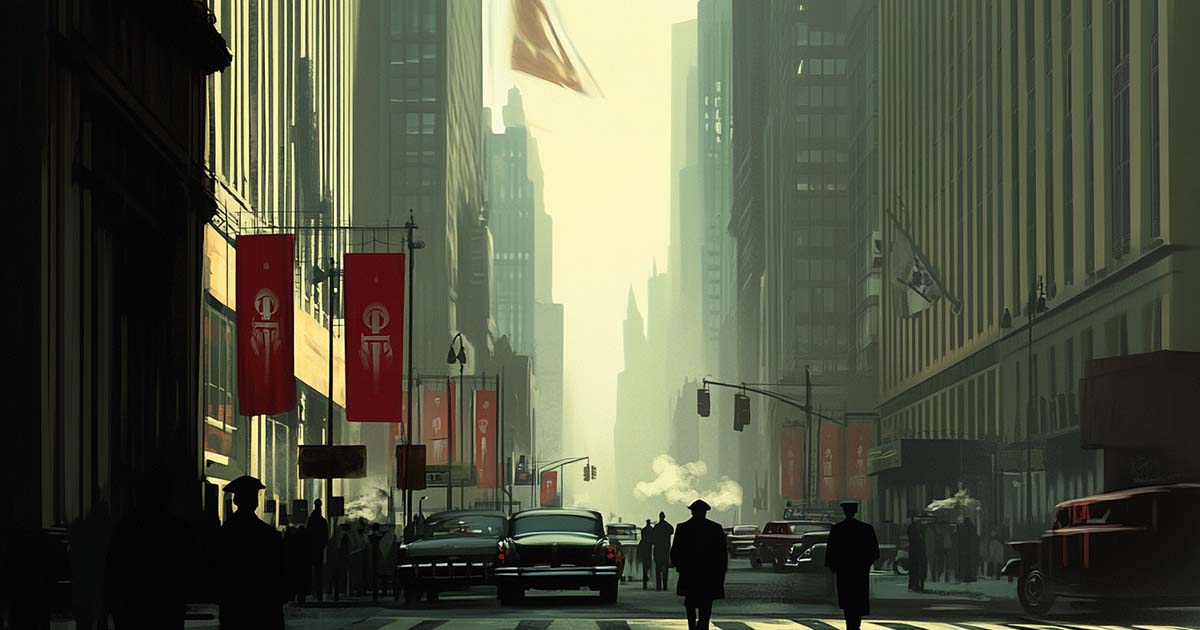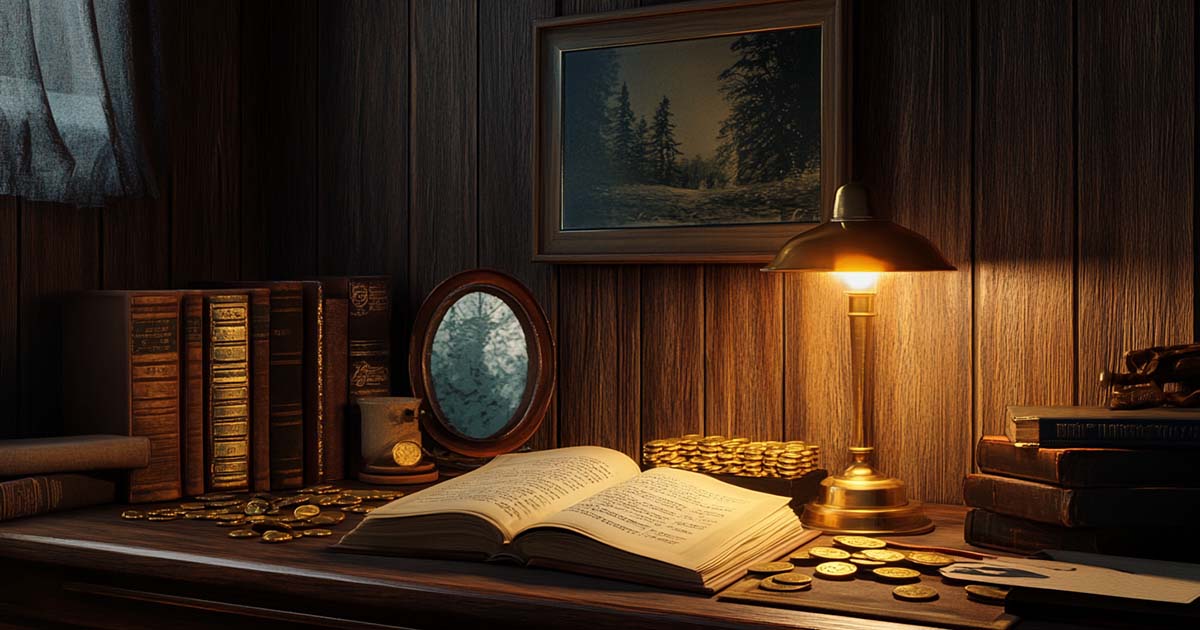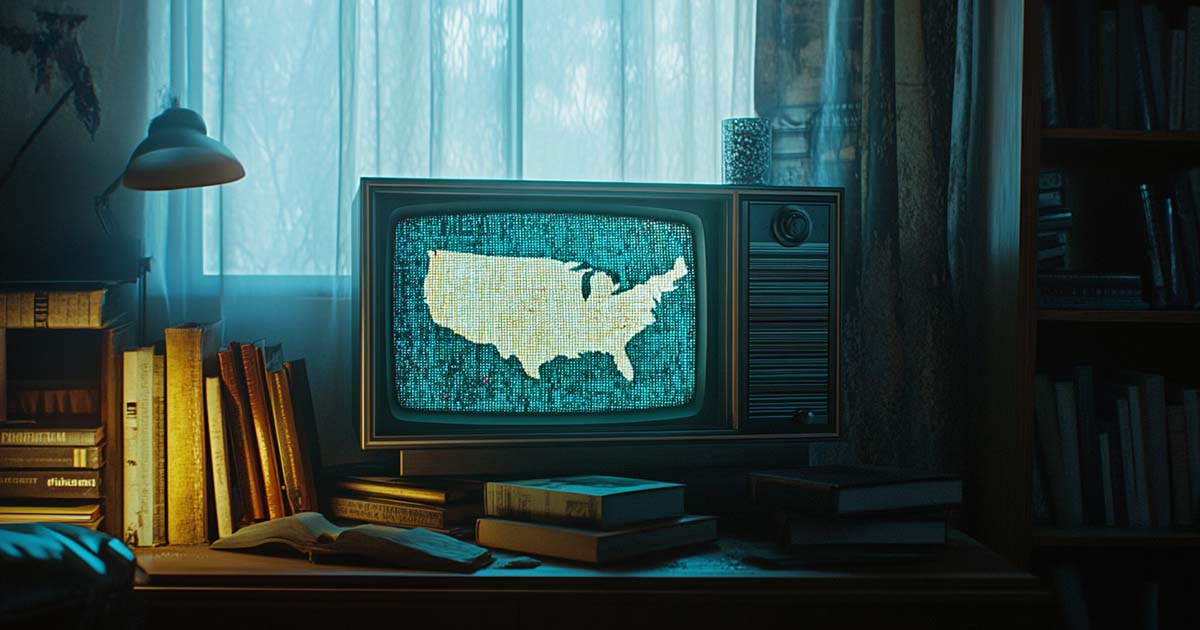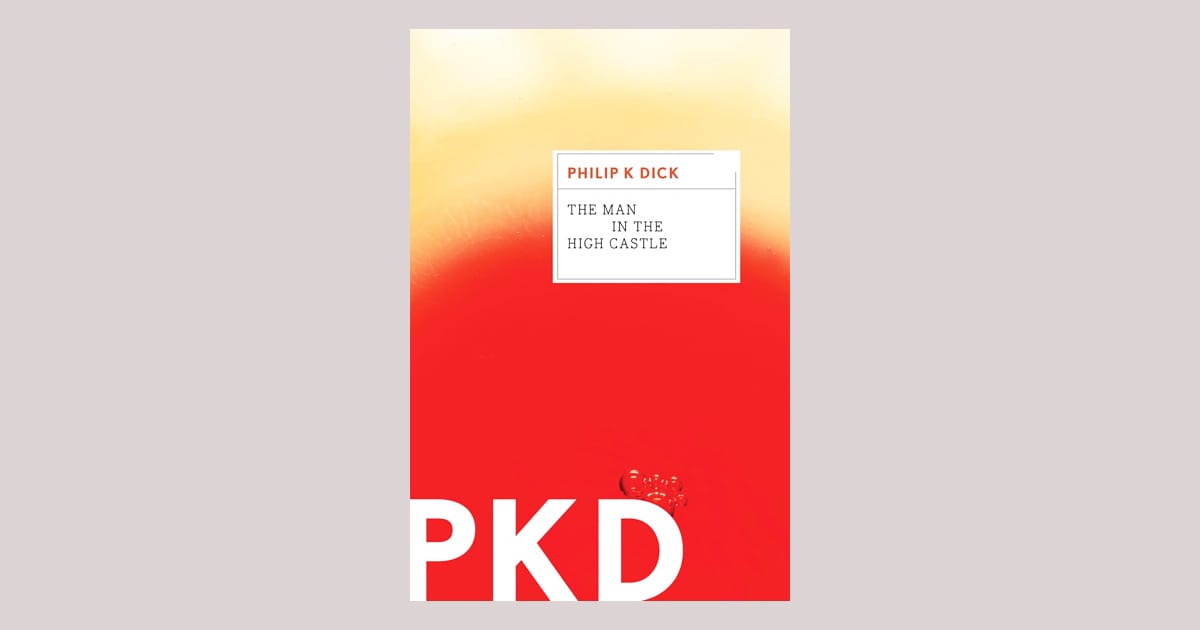How The Man in the High Castle Changed Science Fiction
Philip K. Dick's "The Man in the High Castle" reshapes alternate history with unsettling depth, asking what truth means in a world ruled by illusion, fear, and fractured memory.

The Axis of Imagination
Published in 1962, "The Man in the High Castle" remains one of Philip K. Dick's most audacious works. This alternate history novel begins with a terrifying question. What if the Axis Powers had won the Second World War? Dick imagines an America divided between Japanese and Nazi rule, where foreign flags fly over familiar cities.
The result is a chilling portrait of life under occupation. But more than that, it is a meditation on the fragility of reality itself. Beneath its surface lies a quiet struggle between what is real and what is merely believed. Truth becomes a shifting concept, influenced by culture, fear, and even art.
Dick does not write in broad strokes. He focuses on ordinary people in extraordinary situations. Their personal dilemmas reveal the moral confusion of a conquered world. And always, lurking in the background, is a question no regime can answer.
"The Man in the High Castle" helped elevate alternate history from pulp curiosity to serious speculative fiction. It continues to influence writers and filmmakers alike. A modern television adaptation brought its vision to new audiences. But the original novel remains the purer expression of Dick's strange and searching imagination.
A World Divided – Setting and Atmosphere
The world of "The Man in the High Castle" is not just an imagined outcome of a lost war. It is a lived-in landscape, full of small details that suggest how deeply conquest can alter the soul of a nation. Streets are renamed, customs are reshaped, and language bends to foreign tongues. Yet even deeper changes unfold within the minds of those who must live under these new powers.

Dick presents the Japanese-controlled Pacific States with a tone of eerie calm. Authority is enforced through ritual, formality, and cultural dominance rather than open violence. People bow, speak carefully, and study ancient texts not out of reverence, but out of survival. In this subdued world, submission passes for harmony, though suspicion remains just beneath the surface.
The Eastern territories, under Nazi rule, are more heavily implied than described. Their presence looms like a distant thunderhead. Dick wisely limits direct depiction, allowing the reader's imagination to fill in the dread. This restraint makes the Reich's influence feel even more menacing, like a shadow cast across every action and thought.
In between these powers lies the Neutral Zone. It functions less as a refuge and more as a pressure valve. Here, characters drift in a kind of ideological limbo, unsure of whom to trust or what to believe. It becomes a symbol for the broader uncertainty of the world Dick has drawn.
Throughout the novel, the setting is never just background. It reflects the inner state of its characters. Streets, shops, and homes become extensions of a people unsure of their place in history. The very geography of the story echoes with disorientation, submission, and quiet resistance. In this fractured America, even the simplest gesture or phrase carries weight. And every city feels like a stage upon which false realities are performed.
Hidden Truths – Themes of Reality and Fate
At the heart of "The Man in the High Castle" is a question that reaches beyond politics. What defines reality when truth itself is unstable? Philip K. Dick uses the shell of alternate history not to rewrite the past but to unravel the present. He creates a world where perception becomes more important than fact, and belief reshapes what men call real.

The novel introduces the I Ching as more than a cultural artifact. It becomes a mechanism by which characters navigate their lives, make decisions, and interpret fate. This ancient text offers not certainty but possibility. Through it, Dick draws attention to the role of intuition, chance, and unseen forces in shaping human destiny.
A book within a book deepens the metaphysical maze. This fictional novel imagines yet another alternate world, one where the Allies won the war. Its presence disturbs the fragile mental balance of the characters who encounter it. They are left to question the foundations of their world, their memories, and their roles within a story that may not be what it seems.
This narrative device allows Dick to explore the tension between fiction and reality. He suggests that history itself is a construct, shaped by those in power and accepted by those with no choice. What people believe becomes as real as what actually happened. In this way, the novel critiques both propaganda and the human tendency to accept comforting lies.
There is no firm ground beneath the reader's feet. Just as the characters struggle to find meaning, so does the audience. Dick offers no clear answers, only questions that deepen with every chapter. The result is a novel that feels both dreamlike and terrifyingly familiar.
By wrapping philosophical inquiry inside the trappings of genre fiction, Dick achieves something rare. He forces the reader to examine not only the world on the page but the world outside it. "The Man in the High Castle" is not just an exercise in historical speculation. It is a mirror turned toward the reader's own understanding of truth, fate, and freedom. And it leaves one unsettled in all the right ways.
Characters at the Crossroads – Humanity Under Pressure
Philip K. Dick does not populate "The Man in the High Castle" with traditional heroes. His characters are ordinary people trapped in an extraordinary historical outcome. Each of them must navigate a world where power is absolute and truth is malleable. Their choices reflect not only their values but also their confusion and fear.

One man operates a small trade business and quietly submits to the new order. Another forges antique Americana to satisfy the cultural hunger of foreign elites. A craftsman creates jewelry that resonates with meaning no one fully understands. Their actions seem small, even trivial, but within them lies the essence of Dick's vision. In a broken world, the struggle to remain human becomes the story.
These characters live in shades of gray. None are wholly good or entirely corrupt. Dick avoids clear moral lessons and instead presents people as they are—flawed, searching, and often unsure of what matters. This lends the novel a grounded realism, even as its world grows increasingly unreal.
Suspicion, hidden motives, and quiet desperation mark relationships in the novel. Trust is rare, and kindness often comes at a cost. These human tensions mirror the geopolitical ones, reinforcing the sense that both nations and individuals are navigating illusions.
By focusing on the internal over the external, Dick gives the reader something more enduring than plot. He offers a portrait of moral erosion under tyranny. In their doubts, compromises, and fragile hopes, these characters reveal the high cost of survival in a world shaped by lies. The greatest resistance may not come from armed revolt, but from the quiet decision to believe in something true, even when surrounded by falsehood.
Legacy of Shadows – Impact and Adaptation
When "The Man in the High Castle" was first published, few novels dared to imagine a world so convincingly altered by defeat. Philip K. Dick's vision did more than invent a chilling alternate timeline. It transformed the landscape of science fiction. After this book, alternate history could no longer be dismissed as mere novelty. It became a serious tool for examining cultural memory, personal conscience, and the shifting shape of reality.

Writers took note. The novel influenced generations of authors who saw in Dick's work a blueprint for blending speculative fiction with philosophical depth. Its restrained tone, moral ambiguity, and use of layered narrative offered a new kind of storytelling—one that asked not only what could have happened, but why the truth matters at all. This approach helped shape the path of science fiction into more introspective and literary territory.
The television adaptation, released decades later, expanded Dick's world into a broader, epic narrative. It added new characters, explored more political subplots, and introduced visual elements unavailable to the printed page. While it captured the atmosphere and basic premise of the novel, it also leaned more heavily into action and resistance. The result was compelling but less subtle. The quiet menace of Dick's narrative gave way to cinematic spectacle.
Even so, the core questions remain intact. What is truth in a world that prefers lies? Can individuals preserve their integrity when the world punishes honesty? These questions feel more urgent now than ever. In an age of misinformation and ideological pressure, Dick's meditation on reality and belief continues to resonate.
"The Man in the High Castle" endures because it does not offer comfort. It offers clarity. And in doing so, it reminds the reader that even the darkest world cannot erase the flicker of human conscience.
The Man in the High Castle


